DIRECT NUMERICAL SIMULATIONS OF GAS–LIQUID MULTIPHASE FLOWS
Title
Copyright
Contents
Preface
1 Introduction
1.1 Examples of multiphase flows
1.2 Computational modeling
1.2.1 Simple flows (Re = 0 and Re = ∞)
1.2.2 Finite Reynolds number flows
1.3 Looking ahead
2 Fluid mechanics with interfaces
2.1 General principles
2.2 Basic equations
2.2.1 Mass conservation
2.2.2 Momentum conservation
2.2.3 Energy conservation
2.2.4 Incompressible flow
2.2.5 Boundary conditions
2.3 Interfaces: description and definitions
2.4 Fluid mechanics with interfaces
2.4.1 Mass conservation and velocity conditions
2.4.2 Surface tension
2.4.3 Momentum conservation with interfaces
2.4.4 Free-surface flow
2.5 Fluid mechanics with interfaces: the one-fluid formulation
2.6 Nondimensional numbers
2.7 Thin films, intermolecular forces, and contact lines
2.7.1 Disjoining pressure and forces between interfaces
2.7.2 Contact line statics and dynamics
2.8 Notes
2.8.1 Fluid and interface mechanics
2.8.2 Thin films and contact lines
3 Numerical solutions of the Navier–Stokes equations
3.1 Time integration
3.2 Spatial discretization
3.3 Discretization of the advection terms
3.4 The viscous terms
3.5 The pressure equation
3.6 Velocity boundary conditions
3.7 Outflow boundary conditions
3.8 Adaptive mesh refinement
3.9 Summary
3.10 Postscript: conservative versus non-conservative form
4
Advecting a fluid interface
4.1 Notations
4.2 Advecting the color function
4.3 The volume-of-fluid (VOF) method
4.4 Front tracking
4.5 The level-set method
4.6 Phase-field methods
4.7 The CIP method
4.8 Summary
5 The volume-of-fluid method
5.1 Basic properties
5.2 Interface reconstruction
5.2.1 Convergence order of a reconstruction method
5.2.2 Evaluation of the interface unit normal
5.2.3 Determination of α
5.3 Tests of reconstruction methods
5.3.1 Errors measurement and convergence rate
5.3.2 Reconstruction accuracy tests
5.4 Interface advection
5.4.1 Geometrical one-dimensional linear-mapping method
5.4.2 Related one-dimensional advection methods
5.4.3 Unsplit methods
5.5 Tests of reconstruction and advection methods
5.5.1 Translation test
5.5.2 Vortex-in-a-box test
5.6 Hybrid methods
6 Advecting marker points: front tracking
6.1 The structure of the front
6.1.1 Structured two-dimensional fronts
6.1.2 Unstructured fronts
6.2 Restructuring the fronts
6.3 The front-grid communications
6.3.1 Locating the front on the fixed grid
6.3.2 Interpolation and smoothing
6.4 Advection of the front
6.5 Constructing the marker function
6.5.1 Constructing the marker function from its gradient
6.5.2 Construction of the volume fraction from the front location
6.6 Changes in the front topology
6.7 Notes
7 Surface tension
7.1 Computing surface tension from marker functions
7.1.1 Continuous surface force method
7.1.2 Continuous surface stress method
7.1.3 Direct addition and elementary smoothing in the VOF method
7.1.4 Weighted distribution in the VOF method: kernel smoothing
7.1.5 Axisymmetric interfaces
7.2 Computing the surface tension of a tracked front
7.2.1 Two-dimensional interfaces
7.2.2 Three-dimensional interfaces
7.2.3 Smoothing the surface tension on the fixed grid
7.3 Testing the surface tension methods
7.3.1 Static case: spurious currents
7.3.2 Dynamic case
7.4 More sophisticated surface tension methods
7.4.1 Direct addition with pressure correction
7.4.2 CSF method with better curvature: PROST
7.4.3 Numerical estimate of the curvature from the volume fractions: the HF method
7.5 Conclusion on numerical methods
8 Disperse bubbly flows
8.1 Introduction
8.2 Homogeneous bubbly flows
8.3 Bubbly flows in vertical channels
8.4 Discussion
9 Atomization and breakup
9.1 Introduction
9.2 Thread, sheet, and rim breakup
9.2.1 The Plateau–Rayleigh jet instability
9.2.2 Film and thread breakup
9.2.3 The Taylor–Culick rim
9.2.4 Rims leading to droplets and fingers
9.3 High-speed jets
9.3.1 Structure of the atomizing jet
9.3.2 Mechanisms of droplet formation
9.3.3 Stability theory
9.3.3.1 Elementary Kelvin–Helmholtz analysis
9.3.3.2 Orr–Sommerfeld analysis
9.4 Atomization simulations
9.4.1 Two-dimensional, temporal simulations
9.4.2 Two-dimensional spatially developing simulations
9.4.3 Three-dimensional calculations
10 Droplet collision, impact, and splashing
10.1 Introduction
10.2 Early simulations
10.3 Low-velocity impacts and collisions
10.4 More complex slow impacts
10.5 Corolla, crowns, and splashing impacts
10.5.1 Impacts on thin liquid layers
10.5.2 Three-dimensional impacts
11 Extensions
11.1 Additional fields and surface physics
11.1.1 Thermocapillary motion
11.1.2 Electrohydrodynamics
11.1.3 Mass transfer and chemical reactions
11.1.4 Boiling
11.1.5 Cavitation
11.2 Imbedded boundaries
11.2.1 The immersed boundary method of Peskin
11.2.2 Solid boundaries
11.2.3 Solidification
11.3 Multiscale issues
11.4 Summary
Appendix A Interfaces: description and definitions
A.1 Two-dimensional geometry
A.2 Three-dimensional geometry
A.3 Axisymmetric geometry
A.4 Differentiation and integration on surfaces
Appendix B Distributions concentrated on the interface
B.1 A simple example
Appendix C Cube-chopping algorithm
C.1 Two-dimensional problem
C.2 Three-dimensional problem
Appendix D The dynamics of liquid sheets: linearized theory
D.1 Flow configuration
D.2 Inviscid results
D.2.1 The general dispersion relation
D.2.2 Capillary–gravity waves
D.2.3 The Kelvin–Helmholtz instability
D.2.4 Effect of thick boundary layers in the inviscid framework
D.3 Viscous theory for the Kelvin–Helmholtz instability
References
Index
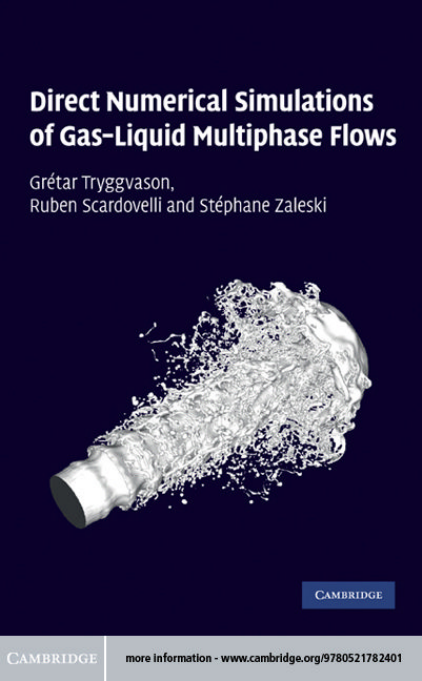
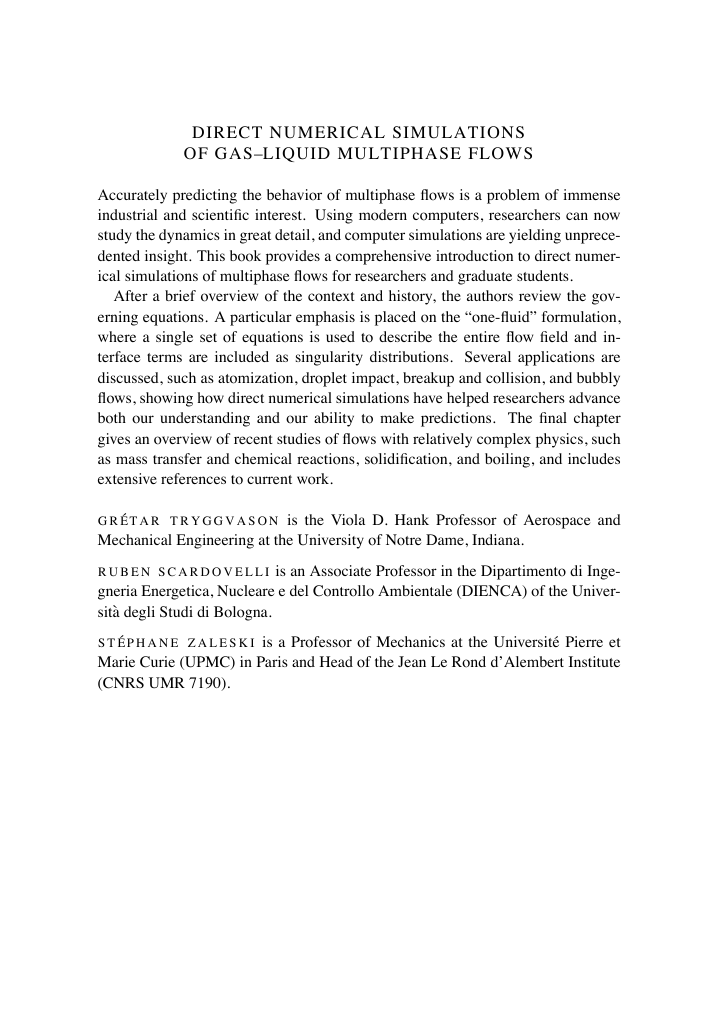

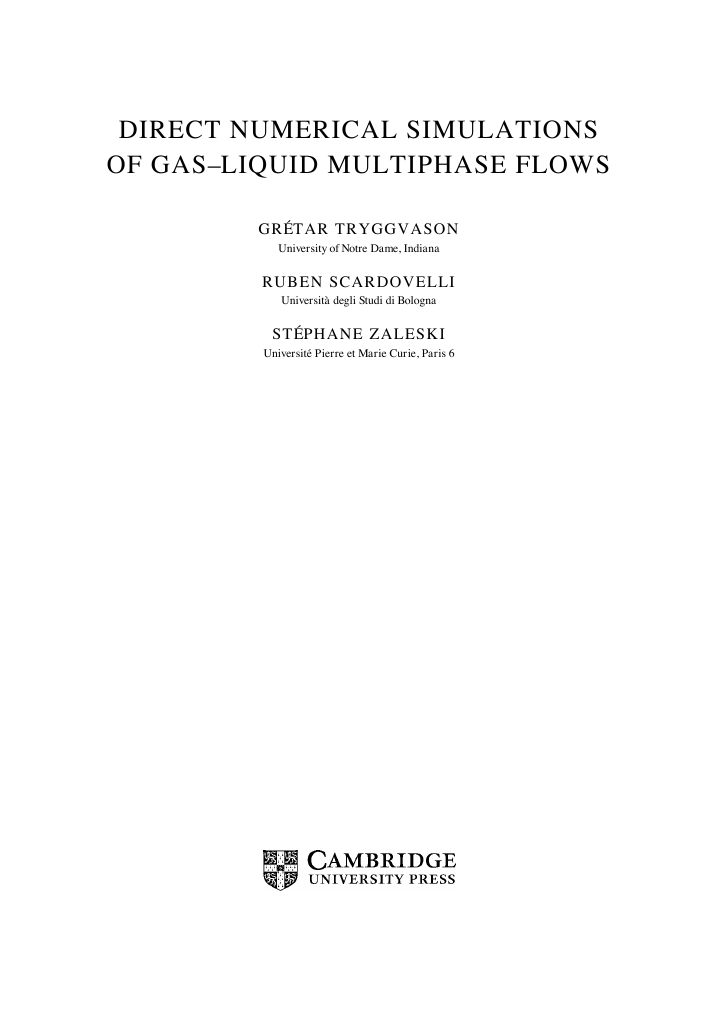
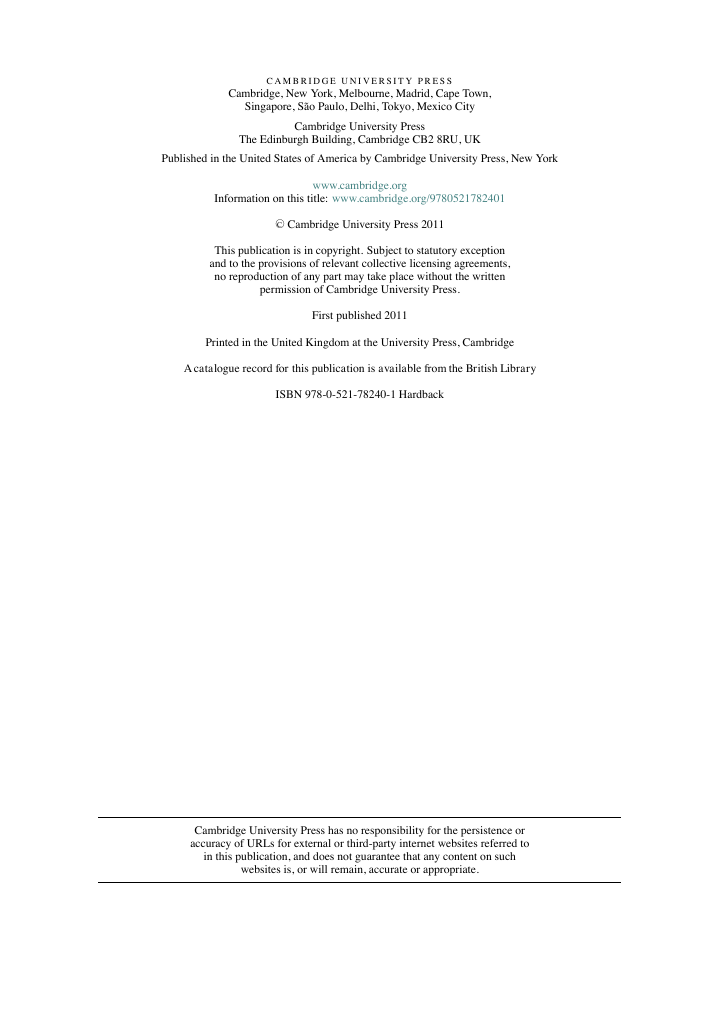
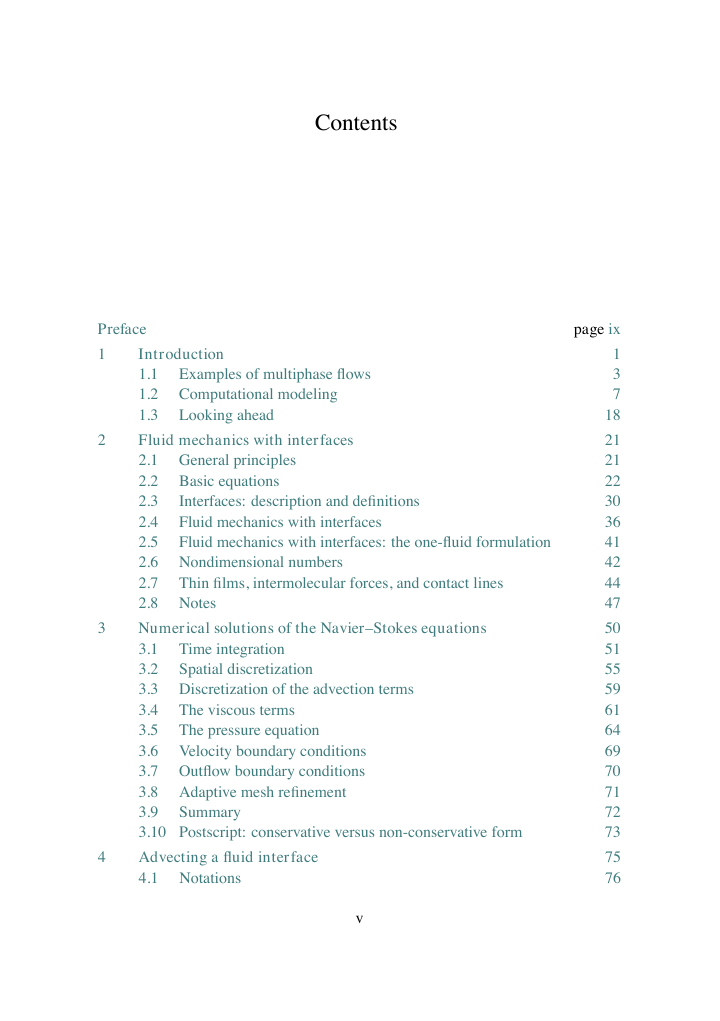
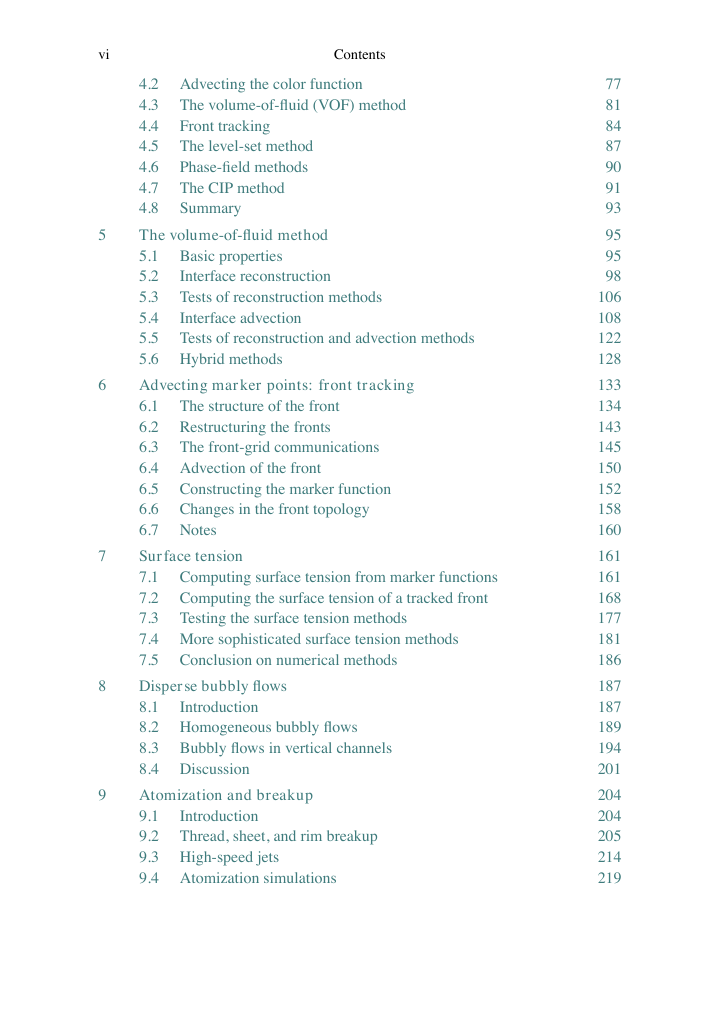
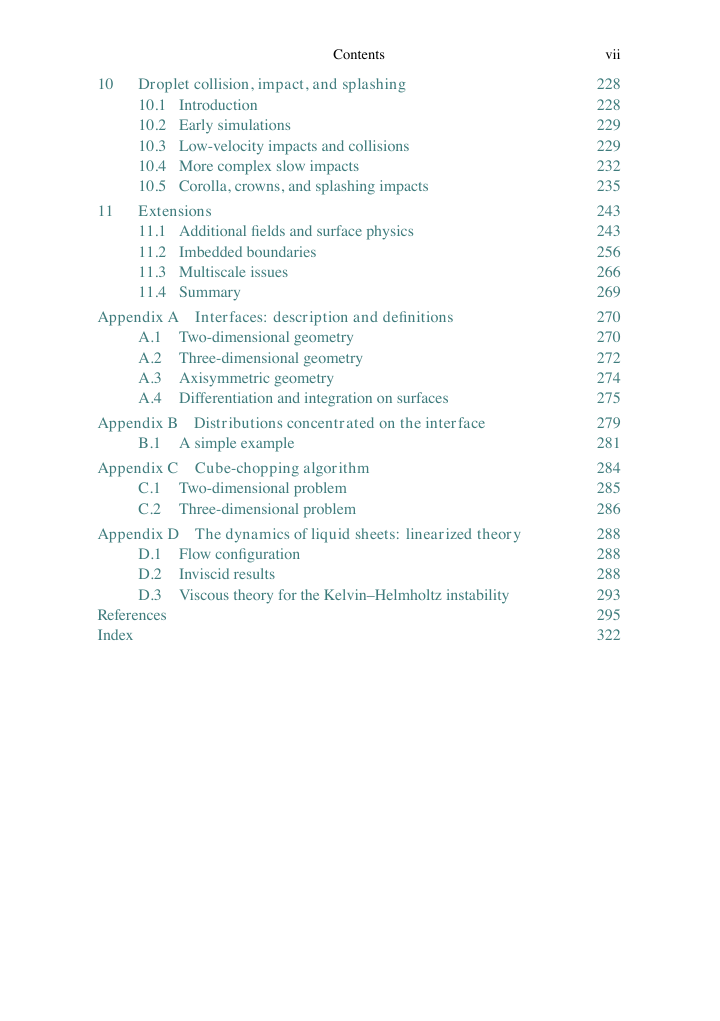








 2023年江西萍乡中考道德与法治真题及答案.doc
2023年江西萍乡中考道德与法治真题及答案.doc 2012年重庆南川中考生物真题及答案.doc
2012年重庆南川中考生物真题及答案.doc 2013年江西师范大学地理学综合及文艺理论基础考研真题.doc
2013年江西师范大学地理学综合及文艺理论基础考研真题.doc 2020年四川甘孜小升初语文真题及答案I卷.doc
2020年四川甘孜小升初语文真题及答案I卷.doc 2020年注册岩土工程师专业基础考试真题及答案.doc
2020年注册岩土工程师专业基础考试真题及答案.doc 2023-2024学年福建省厦门市九年级上学期数学月考试题及答案.doc
2023-2024学年福建省厦门市九年级上学期数学月考试题及答案.doc 2021-2022学年辽宁省沈阳市大东区九年级上学期语文期末试题及答案.doc
2021-2022学年辽宁省沈阳市大东区九年级上学期语文期末试题及答案.doc 2022-2023学年北京东城区初三第一学期物理期末试卷及答案.doc
2022-2023学年北京东城区初三第一学期物理期末试卷及答案.doc 2018上半年江西教师资格初中地理学科知识与教学能力真题及答案.doc
2018上半年江西教师资格初中地理学科知识与教学能力真题及答案.doc 2012年河北国家公务员申论考试真题及答案-省级.doc
2012年河北国家公务员申论考试真题及答案-省级.doc 2020-2021学年江苏省扬州市江都区邵樊片九年级上学期数学第一次质量检测试题及答案.doc
2020-2021学年江苏省扬州市江都区邵樊片九年级上学期数学第一次质量检测试题及答案.doc 2022下半年黑龙江教师资格证中学综合素质真题及答案.doc
2022下半年黑龙江教师资格证中学综合素质真题及答案.doc